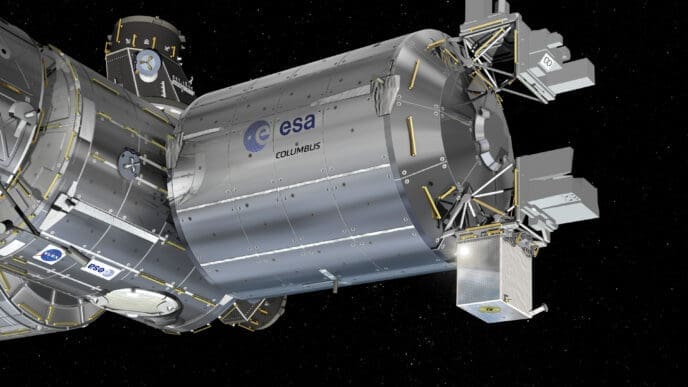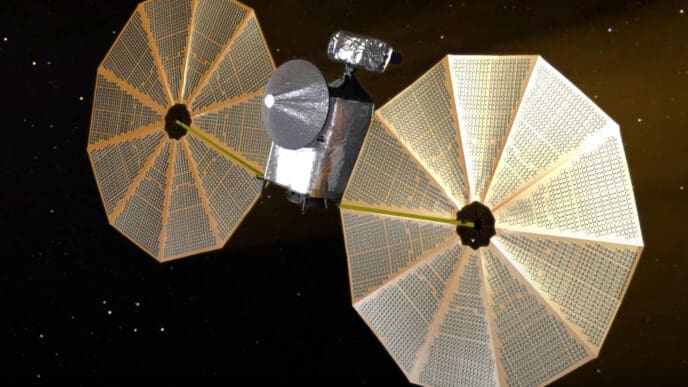In a strategic move set to enhance the future of space missions, Optimax Space Systems and Lawrence Livermore National Laboratory (LLNL) have announced a groundbreaking partnership to commercialize LLNL’s monolithic telescope technology. This collaboration aims to support the swift deployment of advanced optical payloads for rapidly evolving space missions.
For over a decade, Optimax has worked closely with LLNL in developing this pioneering monolithic telescope technology. The partnership now extends under a government-use license, facilitating the commercialization of the technology through LLNL’s Innovation and Partnerships Office. This collaboration focuses on scaling up the precision manufacturing of optical lenses that form the core of these telescopes.
Starris, launched by Optimax in August 2024, plans to integrate the monolithic technology into its optical payloads, enabling rapid deployment of space domain awareness capabilities. This integration is crucial for detecting, tracking, and identifying artificial objects in space, including satellites and debris. The technology is particularly noted for its shelf stability, maintaining alignment and precision without requiring high cleanliness environments, as the mirrors are encased within the telescope.
According to Kevin Kearney, Starris’ director and chief technology officer, the ability to scale production of LLNL payload solutions will pave the way for deploying small satellite constellations swiftly. Kearney emphasizes that this development significantly shortens mission preparation time while enhancing precision and reliability.
Ben Bahney, LLNL space program leader, highlights that the monolithic telescopes ‘are a disruptive technology,’ reducing both development time and cost while delivering high performance. The technology offers outstanding resolution for its aperture size, making it a game-changer in space mission technology.
Initially designed for military and intelligence purposes, the monolithic telescopes have already proven themselves in various space missions. They have been selected for the upcoming U.S. Space Force’s Victus Haze mission in 2025, which aims to test the rapid deployment of satellites as a response to orbital threats.
With the commercialization of the monolithic technology, Starris aims to bring this advanced innovation into broader industrial production, meeting new mission needs and opening new markets. The technology’s robustness in maintaining performance even under challenging conditions—like radiation and vacuum—underscores its potential to redefine responsive space solutions.
The partnership between Optimax Space Systems and LLNL marks a significant step in advancing space mission capabilities. By commercializing the innovative monolithic telescope technology, the collaboration promises to revolutionize how space missions are planned and executed, offering unprecedented agility and precision.
Source: Spacenews












